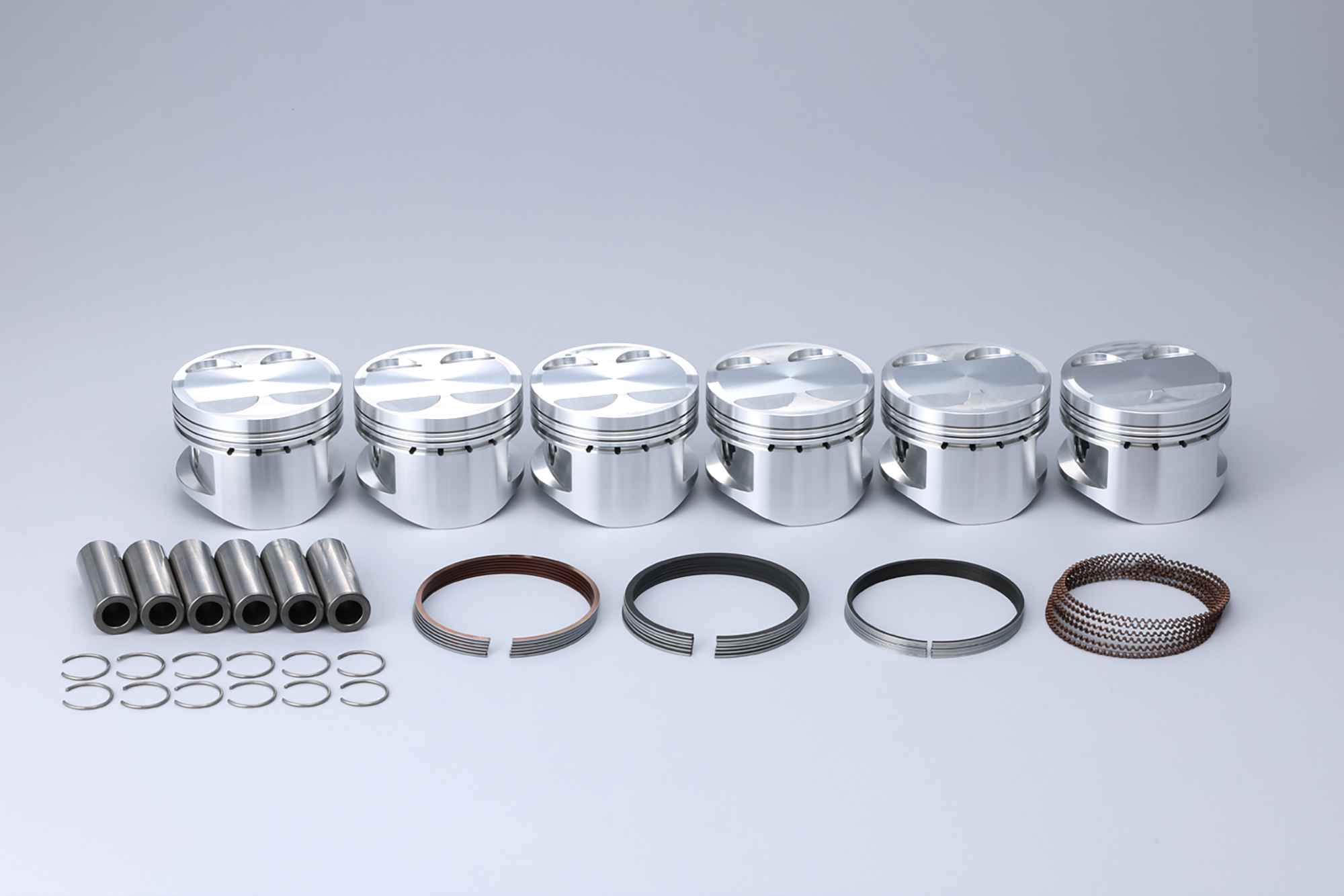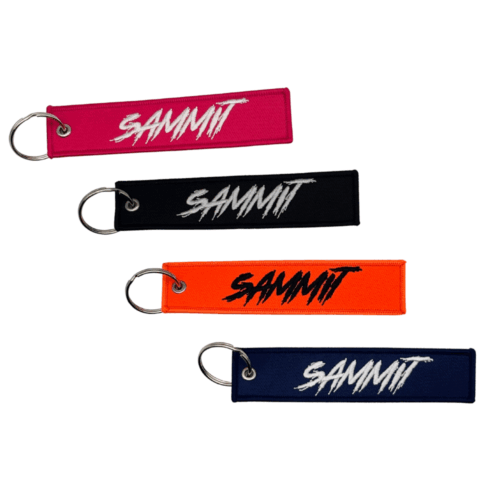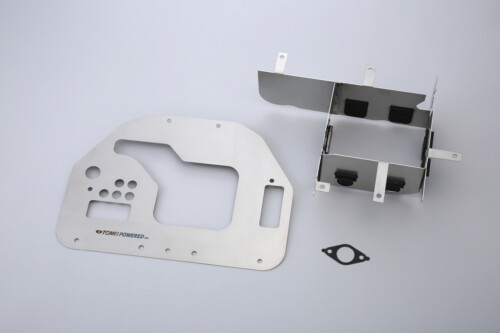Description
Tomei Forged Piston Kit for 2JZ-GE
Tomei typically has stock available the same day. (Their factory/ warehouse is 5 minutes around the corner from us.) However, we will let you know if there are backorders or any delays. If you are looking for parts that are not on our website or want to place a bulk stock order, please contact us via the contact form.
PRODUCT INFO
| APPLICATION | Bore Dia. | Displacement | P/N | NOTE |
|
2JZ-GE
VVTi |
φ86.5 | 3032cc | 1166865212 |
– High compression type
– This product is designed to be used with the TOMEI 2JZ-GTE head gasket. |
| φ87.0 | 3067cc | 1166870212 |
※All Piston Kits comes with Piston Rings, Piston Pins and Circlips Included.
FEATURE / SPEC
| Bore(mm) | Pin Dia.(mm) | Length(mm) | Reces | Comp.Height(mm) | PistonCrownVolume(cc) | Top ring BxT(mm) |
Second ring BxT(mm) |
Oil ring BxT(mm) |
| 86.5 |
22
|
60
|
○
|
34
|
-1.4
|
1.20*3.10
|
1.20*3.90
|
2.00*3.10
|
| 87 |
Development Thema
Since the piston is one of the most important components in an engine assembly, transferring combusted energy to mechanical movement, it must have enough strength to withstand severe temperature fluctuations and high pressures. Stock OEM manufactured pistons are typically made from cast metal and is ideal for mass production, however they cannot sustain the stress when used in highly modified engines that produce over 100 horsepower per cylinder. By using forged metal made from aluminium alloy to construct our pistons, the metal can then endure severe circumstances beyond the stock level. These forged pistons can withstand combustion pressures of 200 kgf and 11 tons of force with the combusted gas temperatures up to 2,500 degrees Celsius. Tomei pistons that are used in highly tuned RB26 and SR20 engines are the same type of pistons used in Group C and F1 racing.
3 DIMENSION PROFILE
The metal expansion rate in each piston will differ according to the material of the piston and driving conditions. In order to develop the perfect piston for each and every engine types, we have studied the characteristics of heat expansion in aluminium with many prototypes and countless hours on the engine bench dynamometer.
The resulting product is a 3 dimensional profile of the oval and barrel design. We have succeeded to produce a piston in 1/1000 mm of accuracy that applies to the appropriate piston to wall clearance.
Too big of a clearance results in power loss due to escaping gases between the cylinder wall and piston rings (blow-by), with decreased combusted energy transferred to mechanical movement. Another factor that causes blow-by is when the clearance is too large; the piston begins to rock at its pin axis inside the cylinder, causing the piston to scuff the cylinder walls at times.
Perfectly circled pistons are unable to wholly expand into the diameter of the cylinder, especially because of the difference in thermal expansion between the top land and piston skirt areas. This is why in some engines, the contact occurs at the vertical position of the perfectly circled piston because of the uneven expansion.
THINNER RINGS
We selected high performance thinner piston ring for less friction loss and to prevent fluttering. This can also prevent having a floating piston ring by reducing its inertia to help cut down the blowby. In addition to it, there will be more open area for designing between the piston head and piston pin; it is possible to set the size and shape of the piston top land freely. Designed in an ideal spec the pistons strength has been dramatically increased.
APPLICATION SPECIFIC ESPECIALLY FORGED CORES
Sample Compression Ratio
| GASKETφ87.5 | PSITON TOMEI φ86.5 |
PSITON TOMEI φ87.0
|
| 1.2mm | Approx.11.1 | Approx.11.3 |
| 1.5mm | Approx.10.8 | Approx.10.9 |
| 1.8mm | Approx.10.6 | Approx.10.6 |
| 2.0mm | Approx.10.2 | Approx.10.4 |
Values of the sample compression ratios are calculated out based on the factory spec data.
Adjustment of the compression ratio must be based on the measurement of the actual engine.









Reviews
There are no reviews yet.